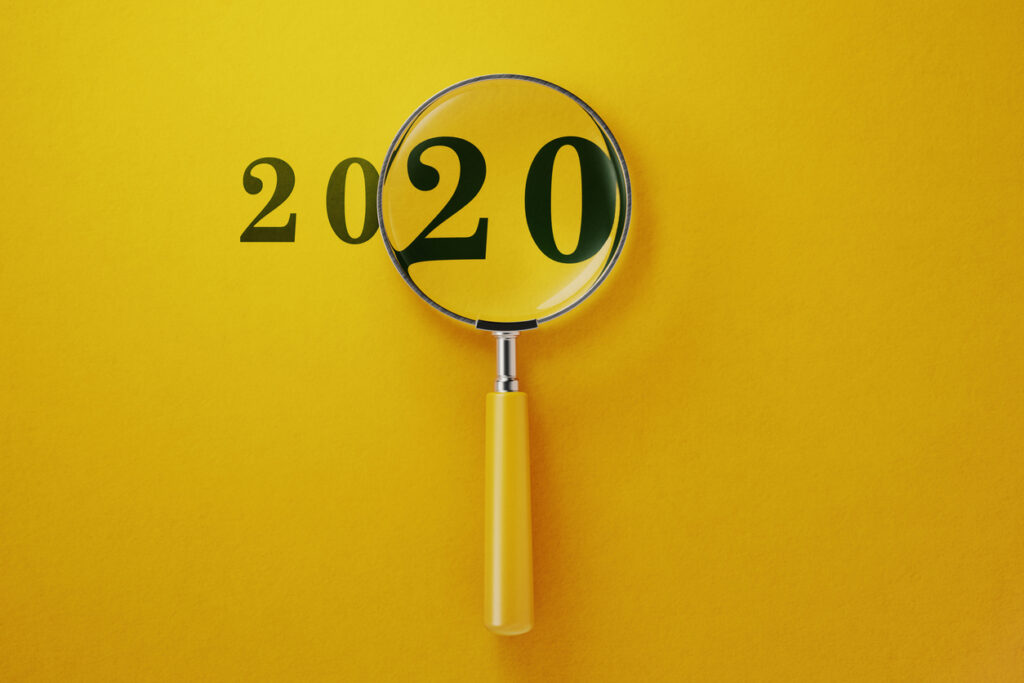The CIPD recently launched its look back on changes for HR in health and absence in the workplace in the last 20 years. But by the time the article was published, like most of normal life right now, things had moved on apace for HRs.
The CIPD report compared data from HRs in 2000 and 2020 reflecting the changes the industry has undergone. However, if you take just the reference to the evolution of employer responsibility towards employee wellbeing and falling absence rates, it has, in a matter of days, become hugely understated.
Businesses are trying to cover a multitude of issues facing them, from managing an unwell workforce and resource management, to legislative leave changes being enforced, to creating furlough strategies, and keeping staff motivated and productive during a pandemic.
In short, HRs are being asked to change their mindset and models and think on their feet more in the last 20 days than they have in the last 20 years.
But how must strategies and technology evolve to reflect this and support HR teams who have suddenly found themselves under immense pressure?
There are at least five key areas in which HR is having to manage huge change to strategically support businesses in crisis right now. This may have a long-term impact on HR policies for good – and HR tech will need to adapt to support these changes.
1. The carry-over holiday conundrum
Holiday allowance, already a hugely complex area with a variety of regulations in different countries, has been rising up the HR agenda in the last 20 years, with the CIPD survey showing that over 40% of managers are now trained in absence management. But never has it been a higher priority than now. Who was prepared for the announcement by UK government over the weekend advising business on how to manage the backlog of holiday?
The Government announced that key workers, who have not taken all their statutory annual leave, will now be allowed to carry it over into the next two leave years. It’s a top initiative from the Government but, in truth, it only goes part way to addressing the problem.
How businesses track ever-changing sickness and resource levels has come to the fore, nowhere more so evident than in the NHS right now.
When we emerge from this crisis in the next however many months, businesses will face a ‘carry-over COVID conundrum’ – they will struggle to resource teams when the workforce wants holiday. In addition it will be a huge administrative burden.
Businesses need to think and act now to be ready; and in the case of larger organisations, technology will be required to automate and set or change the new rules as things develop.
Also, keeping track of workers not taking holiday even whilst they have nowhere to go, will help them avoid burn out, which is entirely possible if this situation continues. Employees need downtime, even if they are working from home or remotely, and as we move to a more remote workforce, managers need to be able to track this and encourage their teams to book time out.
2. Sickness from all time low to all time high
The CIPD reports that in 2020, absenteeism days per employee, per year, stands at 5.8 days. Now, things have changed to businesses being faced with up to one fifth of their workforce off sick.
Suddenly the issues associated with ‘presenteeism’ have massively shifted – with staff sickness being enforced during the coronavirus for the good of them and their colleagues. ‘Presenteeism’ can also present similar but different challenges where staff are probably even less likely to log on sick when working from home.
But how businesses track ever-changing sickness and resource levels has come to the fore, nowhere more so evident than in the NHS right now. The trends in the data we are now gathering will also form a giant anomaly for HR analytics and employee platforms – and systems will need to be altered to reflect these unusual times.
We need to have the necessary intelligence on all manner of categories as our working and home world evolves, and our health is under scrutiny now more than ever.
We may all embrace a new, online working world where our colleagues become Skype or Zoom faces only.
3. New terminology and triggers
As HR teams, we are used to managing data around holiday and sickness leave. But the new norms and terminology is changing. Already our customers are changing their technology platforms to gather data on ‘self-isolation’ versus ‘working from home’, ‘furlough’ and ‘COVID-19’ versus just ‘sick leave’.
These categories for increasing intelligence and setting triggers to alert managers in the business will be crucial for understanding where workers are, if they are safe, and what resources are available to be productive.
4. Working from home becomes the new norm
With the coronavirus forcing the majority of companies to embrace remote working, HRs have had to react and adapt at a huge pace to ensure their management strategies are taking care of workers that are now at home rather than in the office.
The current crisis may even prompt businesses to see that flexible, remote working strategies are actually productive and cost-efficient. We may all embrace a new, online working world where our colleagues become Skype or Zoom faces only.
This remote environment will force HR technology to work harder for employers – as intelligence on remote working employees will become more critical.
[cm_form form_id=’cm_65a14c3f5da64′]
5. Mental health, burnout and wellbeing
Finally, 2020 will see enormous challenges with regard to mental health, already a big focus area, and see peaks in employee burn out. Self-isolation, lack of social contact, cancelled holidays, extra work, financial insecurity, general anxiety and not seeing loved ones will exacerbate the mental ill health problems which, according to the CIPD report, is already thetop cause of long-term employee absence.
Identifying and helping employees with these issues is going to have to rise up the HR agenda quickly if employers are to have a strong and productive workforce when we emerge from COVID-19.
Technology which tracks trends and prompts employee engagement and discussions to have managers helping and providing useful resources for staff will be a key part of HR tech in the future.
The CIPD reports there’s still a way to go before organisations and employees can fully realise the benefits of a healthy working-age population. But the current environment has forced the wellbeing of staff to become front of mind. HR systems are linking now to medical resources, whereby employers have an involvement in finding employees relevant consultations, whether physical or psychological, which is also relieving the pressure on our national health services.
In short, things may have been forced to change fast through adversity but, in the long term, much of it may well be for a brighter future for HR teams and employees.







